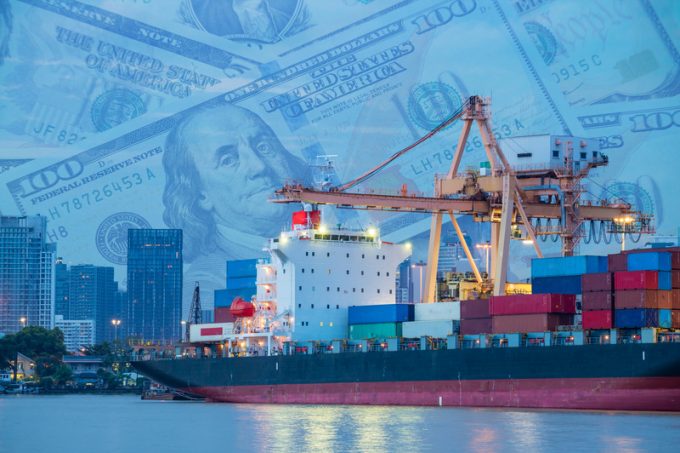White House moves create yet more stormy water on the transpacific
The 90-day tariff moratorium on US imports, except those from China, have failed to keep ...

Container spot rates from Asia to Europe look set to surge again, as carriers are obliged to blank sailings in response to the Suez Canal blockage.
The Loadstar understands that shipping lines are considering introducing a Cape surcharge for vessels that are diverted around Africa to recover the extra cost of bunker fuel consumed in the additional seven to 10-day transit.
Christoph Baumeister, senior trade manager, Asia/ISC Europe at Flexport, said the grounding of the Ever Given in the Suez Canal “had ...
Asia-USEC shippers to lose 42% capacity in a surge of blanked sailings
USTR fees will lead to 'complete destabilisation' of container shipping alliances
New USTR port fees threaten shipping and global supply chains, says Cosco
Outlook for container shipping 'more uncertain now than at the onset of Covid'
Transpac container service closures mount
DHL Express suspends non-de minimis B2C parcels to US consumers
Zim ordered to pay Samsung $3.7m for 'wrongful' D&D charges
Flexport lawsuit an 'undifferentiated mass of gibberish', claims Freightmate

Comment on this article
Henry Gorski
March 26, 2021 at 3:10 pmGiven the amount saved by not transiting the Suez, there is only a small incremental cost increase in fuel, If the vessels await the opening then the delay could be perhaps of an equal duration. The transit cost is not insignificant for a vessel of this size !